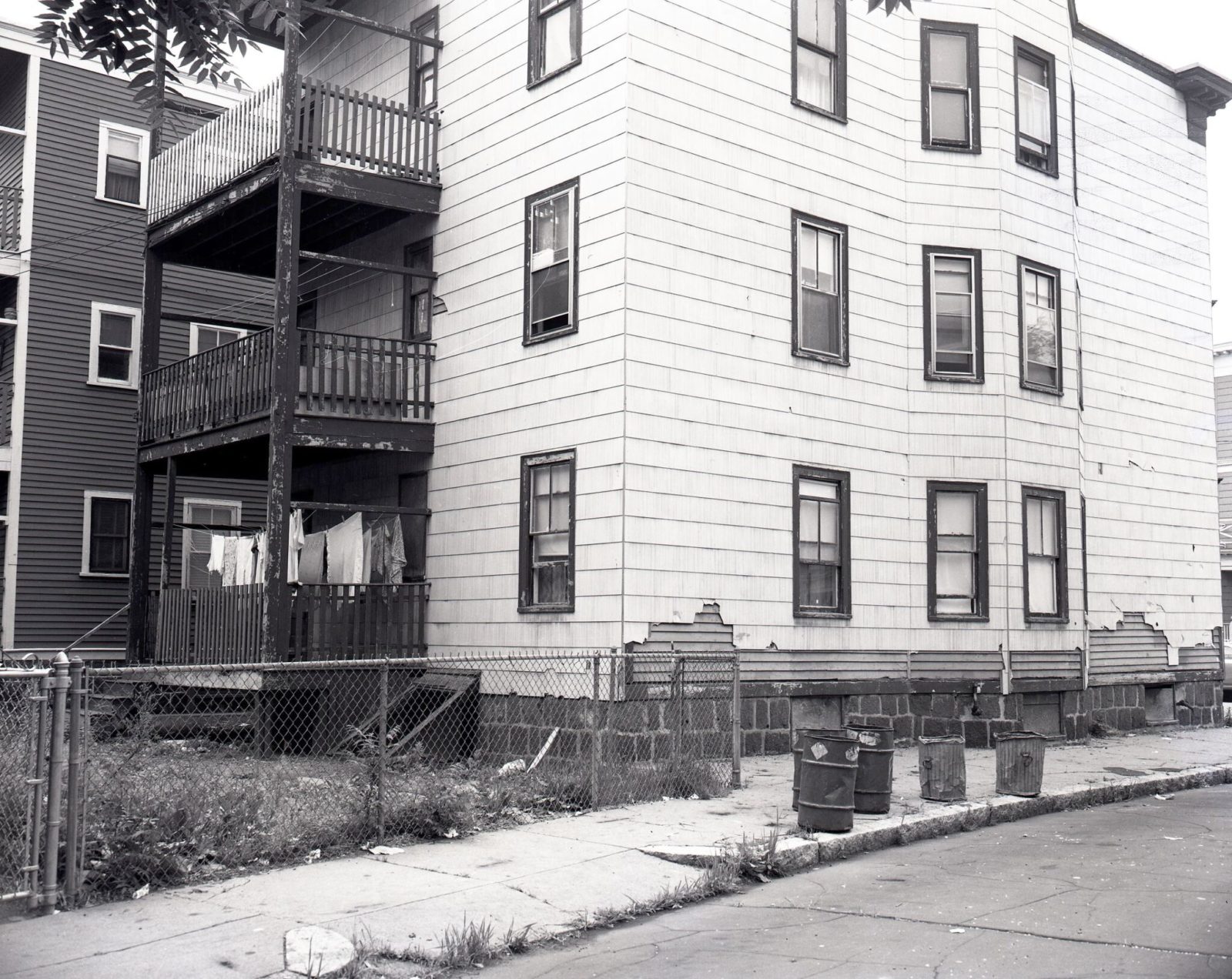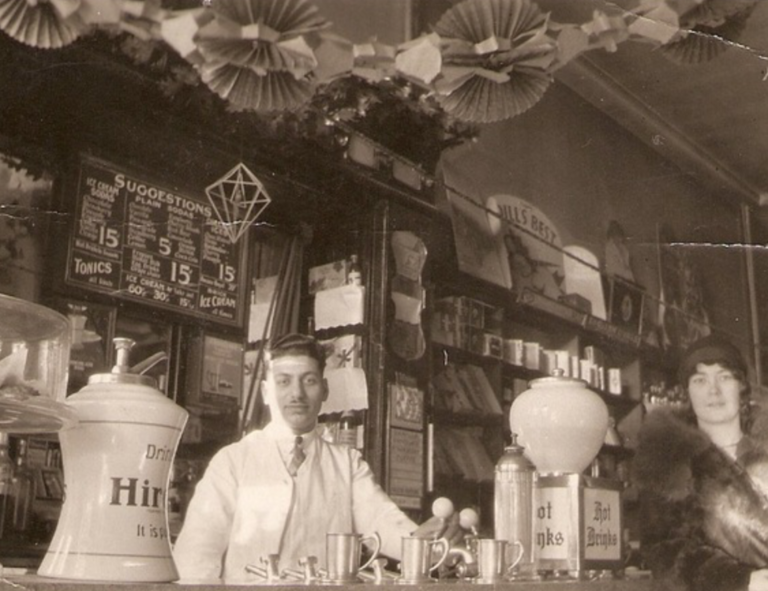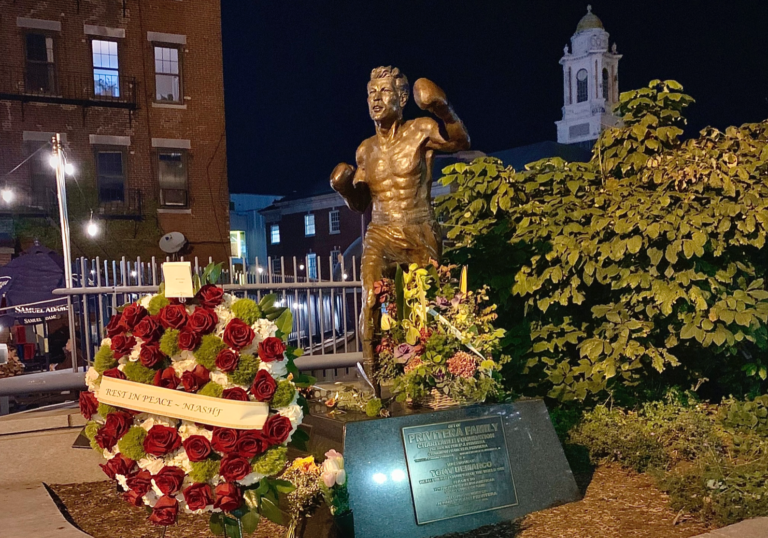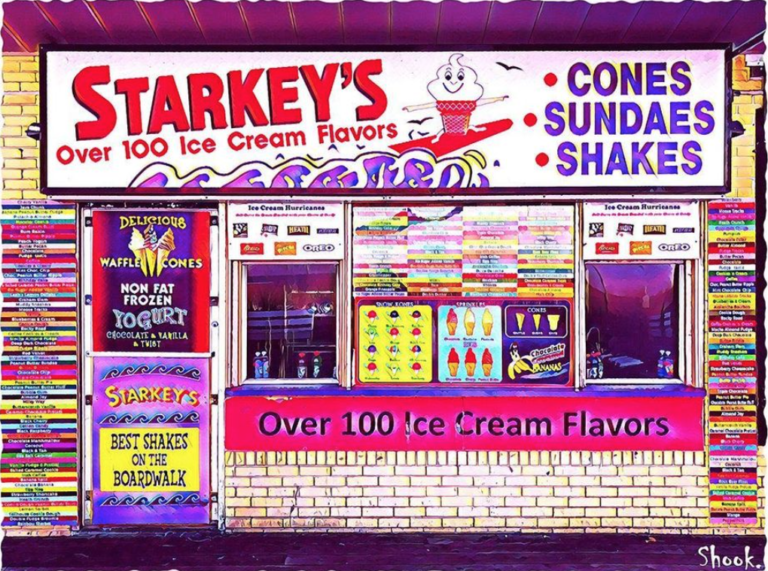Ask any Bostonian of a certain vintage, preferably one raised in the bluer collared areas of the city (they once existed), and they will tell you, “Ya-r-I grew up in a triple deckah.”
The triple deckah aka the three-decker—purists dispute the more appropriate appellation—is the signature Boston house. Arriving on the architectural landscape at about 1870 they were built for immigrants and their offspring—grandma on the first floor, sonny and the wife on the second, the kid on the third. This was the story for a long time following Irish immigration to Boston during the Potato Famine. Same for Italians, Jews, Poles, Lithuanians, Lebanese, Syrians….all comers. Sorry, didn’t mean to leave anyone out.
The neighborhoods of Boston were by and large balkanized ethnic enclaves; seldom did one wander beyond their rigidly defined turf. By 1920, the city had over 15,000 three-decker houses. Dorchester, Roxbury, Mattapan and Jamaica Plain were popular with the emerging middle class and became streetcar suburbs as transportation systems expanded from the older, core sections of the city. Sometimes a landlord would buy the house and collect rents from more recent arrivals working factory jobs.
The triple deckers came in an array of styles, from stripped down basics like the one above, to more ornate designs with elaborate bay windows and other architectural flourishes presumably to distinguish them from the pack. This was Boston, neighborhood by neighborhood, for about 70 years. By the 1950s, many of these houses had been abandoned or razed due to the growth of suburbia following World War II and the start of the controversial Urban Renewal projects in Boston. For a couple of decades, the city experienced an exodus and came to be regarded as only a place to work and then leave quickly. The exodus was further accelerated by court ordered busing to achieve racial integration in Boston Public Schools in 1974. The city was then at its lowest point and the condition of much of the city’s housing reflected it.
Baby Boomers began to change that. Many came from elsewhere to get an education at the local colleges and universities. Lots of them stayed, wanting to make a life in Boston where art, music, and culture had gotten a foothold. And many of them lived in triple deckers just like immigrants had started to do a century before.
Starting in the early 1980s, the triple decker again became more desirable as gentrification entered the picture; often buyers were looking for homes where they could live in one unit and rent the other two, thus helping them pay their mortgage. As the ubiquitous condo became more common, individual floors of three deckers became the property of a new generation.
Fast forward to 2019. A floor of a three decker usually sells for a half-million dollars. At least. Every floor has one or two occupants. Every occupant owns a car. And every car clogs city streets and the highways that surround the town. Those triple deckahs, well-intentioned though they were meant to be, will be partly responsible for bringing Boston to a standstill. You watch.
(Jim Botticelli administers the Dirty Old Boston Facebook and Instagram pages. His book, also called Dirty Old Boston, is easily found on Amazon)













